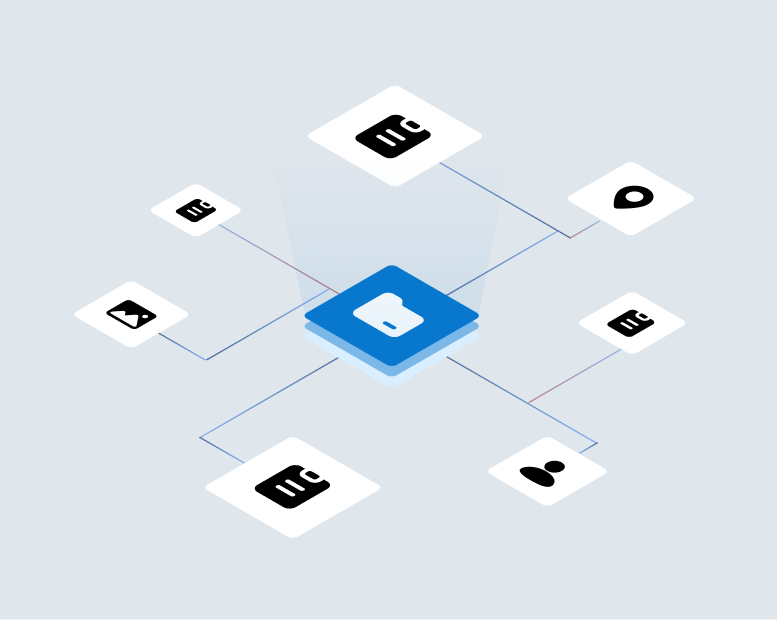Carrier agility is becoming an increasingly vital skill, yet according to this story from P&C Specialist, some carriers are still struggling two years later:
Four Large Auto Carriers Account for Over 70% of the Worst Loss Ratios
Despite making some progress year-over-year, Erie, Auto Club Insurance, Auto Club Exchange, and State Farm continued to show high loss ratios in their private auto business during Q3.
One of the things that differentiates high performing Progressive is its ability to respond quickly to emerging market trends. For example, in the aftermath of the post-COVID auto loss crisis, Progressive recognized and responded far faster, avoiding a year of losses. This also allowed them to capture significant, high-quality market share while competitors – busy dealing with the crisis – ran off many of their best customers with massive rate hikes.
Whenever the market shifts—whether up or down—carriers that can’t detect and react quickly face severe consequences. The military refers to this as getting inside an opponent’s OODA (Observe, Orient, Decide, Act) loop. This concept is crucial in both air combat and the insurance industry, where the market can fluctuate unpredictably.
The foundation of a successful insurance OODA loop is understanding how customer behavior is changing in real time. Are more customers failing to pay premiums on time? Are we seeing an uptick in claims for things like glass damage or towing? Are customers seeking comprehensive and collision coverage for older vehicles?
These behaviors can signal a worsening market, with rising fraud and more claims. The optimal time to address these emerging issues is at the point of sale (PoS) or during an endorsement – when a policy is first issued or updated. To do this, carriers need the tools to detect relevant behaviors and take action immediately within the transaction to reduce risk. Without such detection and intervention, insurers will be overwhelmed by a surge of losses instead of effectively navigating the market’s volatility.
VeracityID specializes in equipping personal lines carriers with the tools they need to detect, assess, and address excessive or unmeasurable risks before a policy is bound or an endorsement is made. Depending on the market, this can result in a 5 to 10-point improvement in a carrier’s underwriting profit.


